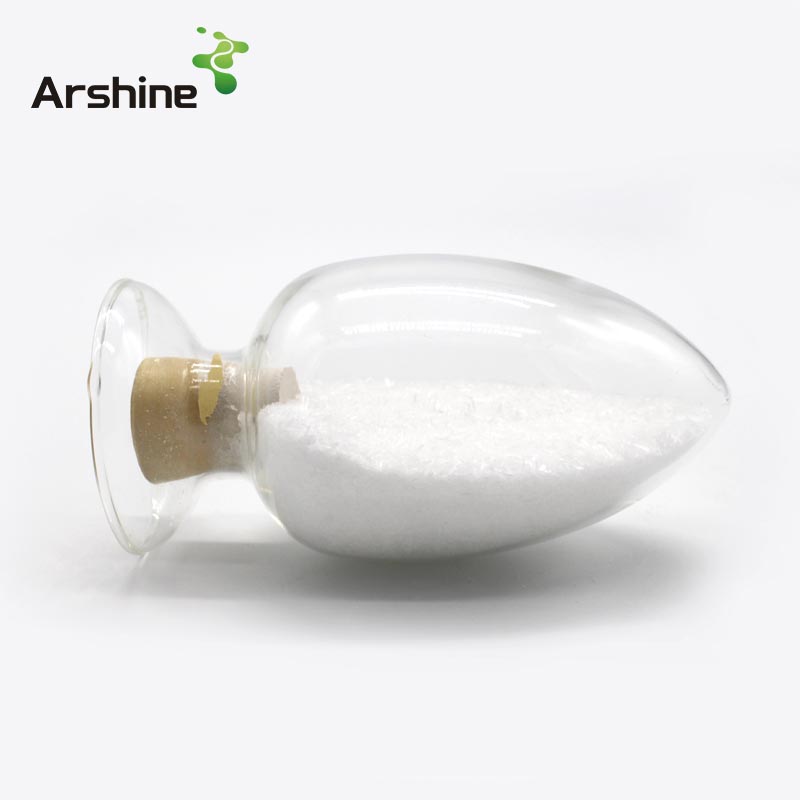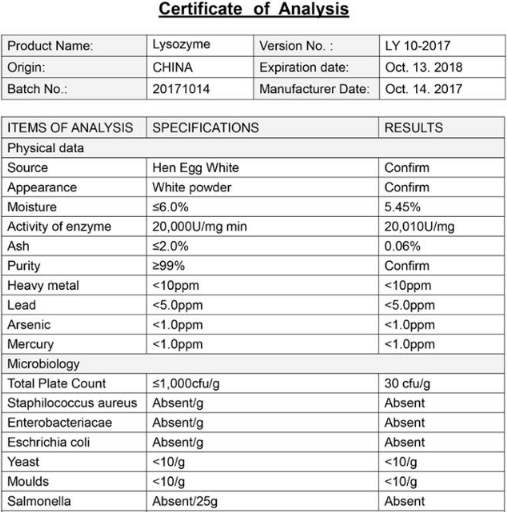
Lysozyme, also known as muramidase or N-acetylmuramide glycanhydrolase is an antimicrobial enzyme produced by animals that forms part of the innate immune system.
Introduction
Lysozyme, also known as muramidase or N-acetylmuramide glycanhydrolase is an antimicrobial enzyme produced by animals that forms part of the innate immune system. Lysozyme is a glycoside hydrolase that catalyzes the hydrolysis of 1,4-beta-linkages between N-acetylmuramic acid and N-acetyl-D-glucosamine residues in peptidoglycan, which is the major component of gram-positive bacterial cell wall. This hydrolysis in turn compromises the integrity of bacterial cell walls causing lysis of the bacteria. Lysozyme is abundant in secretions including tears, saliva, human milk, and mucus. It is also present in cytoplasmic granules of the macrophages and the polymorphonuclear neutrophils (PMNs). Large amounts of lysozyme can be found in egg white. C-type lysozymes are closely related to alpha-lactalbumin in sequence and structure, making them part of the same family. In humans, the lysozyme enzyme is encoded by the LYZ gene. Lysozyme is thermally stable, with a melting point reaching up to 72 ℃ at pH 5.0. However, in human milk it loses activity very quickly at that temperature. Its isoelectric point is 11.35. In a large range of pH (6-9) lysozyme can survive.
Functions and Applications
1.Lysozyme is a kind of avirulent, without side effects of protein, but also has certain lysis, so can be used for medical, food preservative, feed, etc.
2.Has been widely used in aquatic products, meat, cake, wine and rice wine and beverage of anticorrosive;
3.Can also be added to the milk powder, milk humanized to restrain bowel the corruption in the survival of microorganisms, and at the same time, directly or indirectly.

Inquiry
Address
Add: Block 14, No.100, Luyun Road,Changsha 410205,China.
Follow Us
Copyright © Arshine Pharmaceutical Co., Limited All Rights Reserved | SITEMAP Technical Support: 



